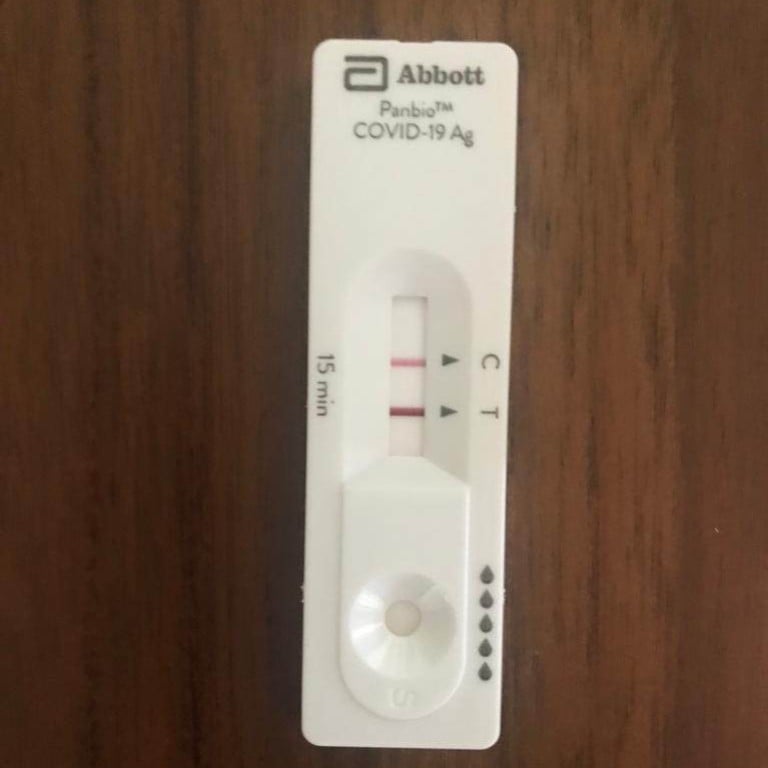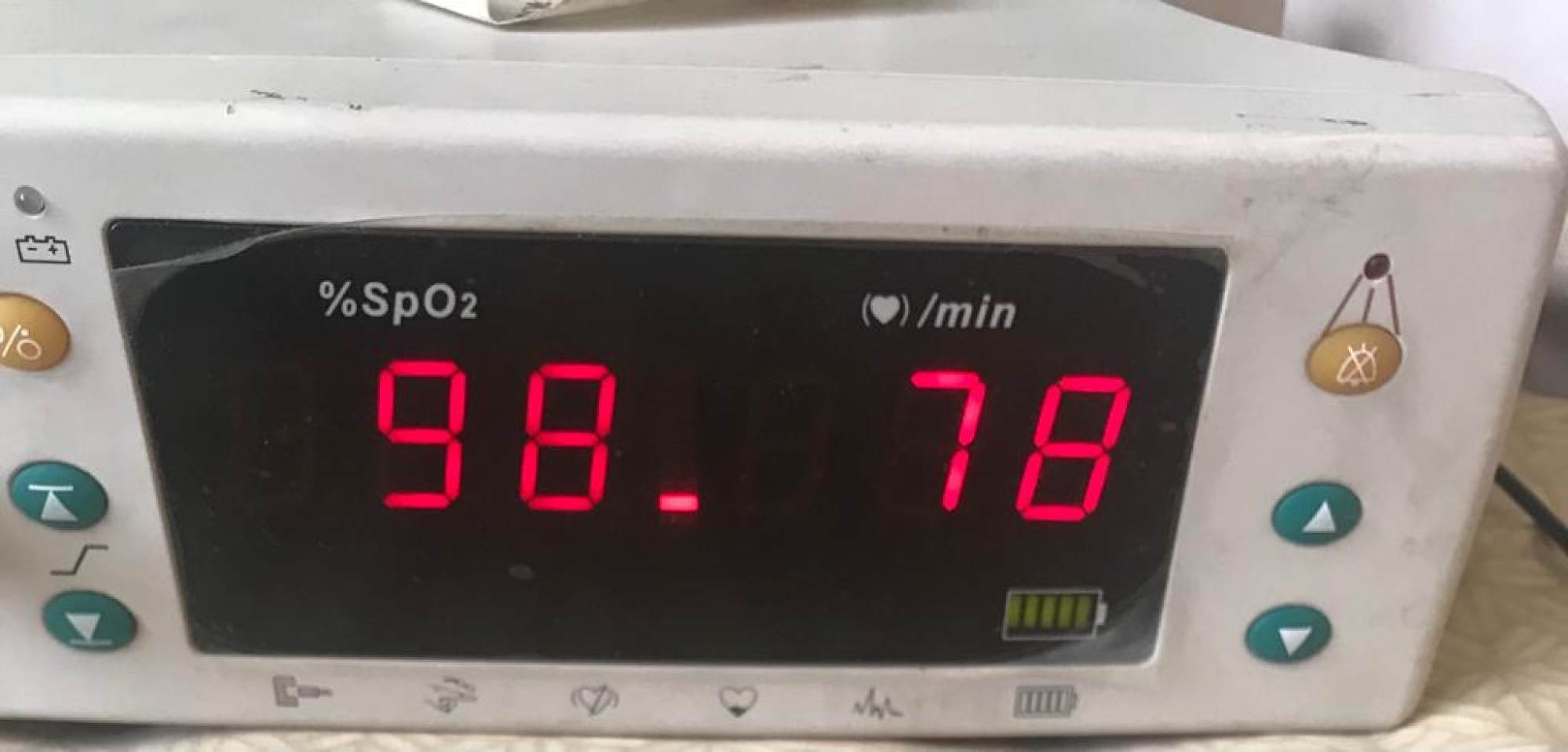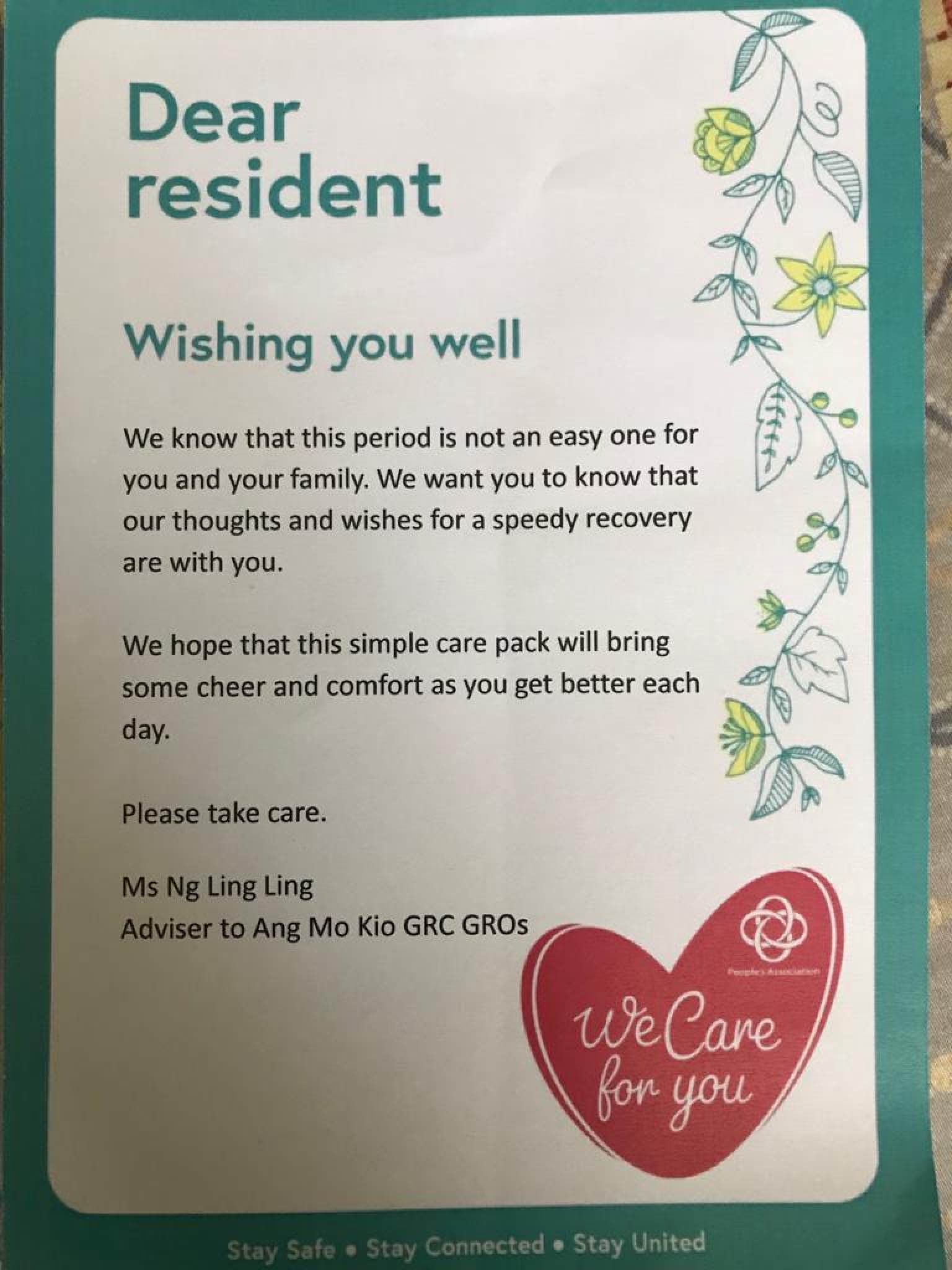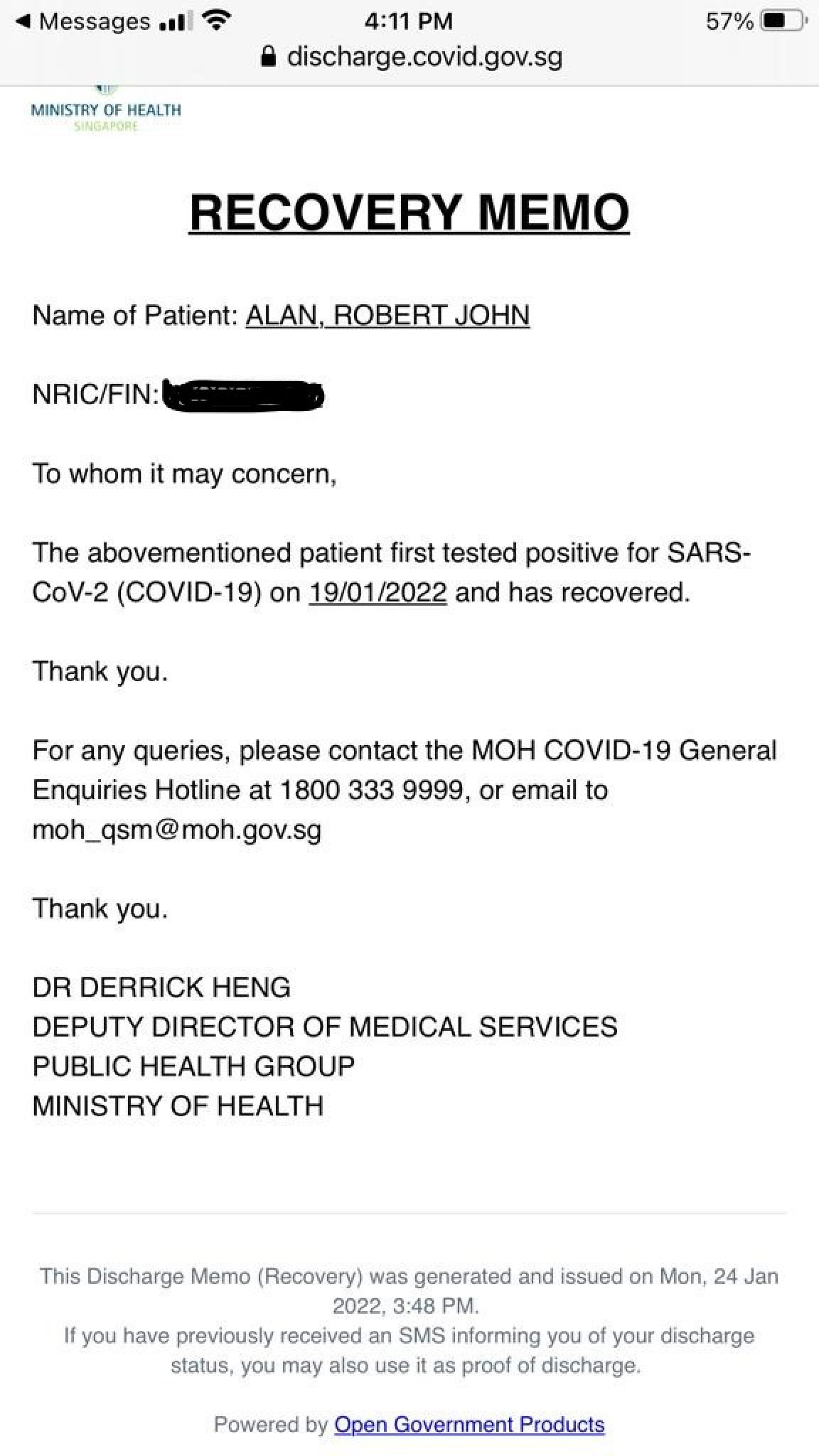
‘Living with Covid-19’ in Singapore: six days of home isolation, multiple ARTs and a care package from my MP too
- When triple-vaccinated Alan John got Covid-19, he lost his sense of taste and couldn’t smell the coffee at breakfast
- It felt no worse than the flu but he was tired all the time, even after being told at the end of Day 6 that he was free to leave home isolation
It all happened quickly. On January 18 evening, I had a sore throat and a cough. The next morning, I felt worse and went to a clinic, even though the do-it-yourself swab test I did at home was negative.
“This is probably not Covid but let’s test you because of your medical history,” the doctor said, referring to my age, 68, and the clutch of prescribed medicines I take every morning for this, that and everything else.
He did an antigen rapid test (ART) as well as a polymerase chain reaction (PCR) test before sending me home, adding the results would arrive by text message from Singapore’s Ministry of Health (MOH).
The ART result came before lunchtime and was negative. Six hours later, however, the PCR test result arrived: Positive.
And just like that, I became a Covid-19 patient in the middle of January.
For all of us at home – my wife, two children, our helper and me – this was our “OMG Covid!” moment.
‘Cure cannot be worse than disease’: why Singapore changed its Covid-recovery plan
‘Hang in there’
Singaporeans went from panic buying of toilet paper and other essentials to worrying over rising numbers of infections and deaths, and railing at pandemic restrictions, especially on travel.
Then came a vaccination drive pushed out so efficiently across the island, you could be in and out of the vaccination centre where I had all my shots, including the booster, in under 45 minutes.
As of February 3, about 92 per cent of Singapore’s population have been fully vaccinated and 59 per cent had received booster shots. There are still more than 100,000 unjabbed adults, and unvaccinated young children remain a concern.
People wear masks everywhere, use the government’s TraceTogether contact-tracing app for entry to shopping centres and practically all public areas. Gatherings remain restricted to five visitors at home and five per table in restaurants.
Regularly, the newspapers carry reports of those fined or jailed for ignoring the restrictions, or being abusive to redshirted “social distancing ambassadors” who roam everywhere reminding people to obey the rules. Businesses pay a hefty price by being forced shut for varying periods if their patrons are caught flouting the measures.
The Omicron variant of the coronavirus has caused a surge in infections in Singapore, but the government is treating this milder strain as endemic, saving health care resources for the seriously ill.

The MOH text message informing me I tested positive did not say if I had Omicron, but told me to stay home. I also had to register all my household members, providing names, identity card numbers and mobile phone details.
On January 20 (Day 2), the ministry texted three times while I lay knocked out in bed.
In the morning, it said I would be on the Home Recovery Programme, and did not need to go to a hospital or Covid recovery centre.
“In the interim, please ensure that you isolate yourself at your registered residential address and avoid contact with other persons,” it said, adding that non-compliance was an offence under the Infectious Diseases Act.
In the afternoon, I was told to remain in isolation for 10 days, and to call an ambulance if I had serious symptoms including chest pain or breathing difficulties.
If I felt unwell, there was a number to reach a telemedicine provider. And if I felt down, there was a Home Recovery Buddy available via a hotline.
‘Doesn’t feel like anything’s going to change’: expats exit Singapore
A doctor called to ask how I was doing. I felt pretty lousy, with a bad headache and body aches. He listened and said: “Hang in there.”
That night MOH texted a third time, delivering my “isolation order” and a stern warning that non-compliance was a serious offence “punishable with a fine of up to S$10,000 (US$7,447) and/or imprisonment of up to six months”.
I had to spend eight more days alone in my room, with all meals delivered.
By now, everyone at home had been contacted by MOH, too. They had to submit an ART result, test themselves before leaving the house and were trusted to act responsibly.
The next day (Day 3), Singapore’s Covid-19 rules changed, easing the restrictions for those with mild symptoms.
MOH texted to say I had to remain isolated for only 72 hours. “Thereafter, you may exit self-isolation (a) if you test negative on a self-administered ART, or (b) on Day 7 (if fully vaccinated or below 12 years old) or Day 14 (if unvaccinated/partially vaccinated and aged 12 and above), whichever is earlier,” it said.
If I needed ART kits, I could collect them free of charge from vending machines all over Singapore. As I was fully vaccinated, the ministry told me to expect my Recovery Memo, releasing me from isolation, on Day 7, not 10.
My spirits leapt. If I cleared the ART the next day, I could leave my room.
Unfortunately, the swab test stayed positive at the 72-hour mark, and the next day too.
I was in bed and feeling dejected on Day 5 when the phone rang, and it was an MOH doctor on a video call, asking how I was doing.
I told him I had failed the ART twice, but most of my symptoms were gone, although I still had a cough.
He told me not to worry about the ART result, because it sometimes stayed positive for some people. It was more important to feel well.
“Do you have medicine for your cough?” he asked.
When I said no, he replied: “I’ll send you some.”

Loss of taste and smell
A couple of hours later, a delivery man arrived at my home with a strip of pills.
My Member of Parliament sent a care package, with ART kits, a bottle of hand sanitiser and a cheery “Get Well Soon” message.
The next morning (Day 6), I faced a setback as I could not smell the coffee at breakfast, and in fact, nothing tasted like anything at all.
It was the symptom I dreaded. Google told me some people with Covid-19 lose both senses for days, some for weeks or even months. Arghhhh.
Then, a surprise. MOH texted in the afternoon to say I had been issued a Recovery Memo “to indicate that you have been infected with Covid-19 and have recovered”.
Instead of jumping for joy, I was somewhat taken aback. Here I was, unable to taste anything, and there they were, declaring me “recovered”?
I called the MOH hotline.
The person who answered assured me that my period of isolation was sufficient for me to no longer be infectious. I was indeed free to leave the house.
The funny thing is, I stayed put.

I did not feel well yet. I was tired all the time and if I lay down, I could fall asleep at any time of the day.
But there was no doubt that I was on the mend and by the end of the week, I not only felt better, but my sense of taste returned too.
Twelve days after testing positive, and six days after getting the all-clear, I went out for dinner with my wife.
I told people I had Covid-19. Some reacted with the scream-shock emoji and “OMG Covid!” A couple indicated right away that they were in no hurry to see me.
Others wanted to know all the details. I told them it was like having the flu. In fact, not as bad as some awful bouts of flu I remember.
Flowers arrived. A friend sent an oximeter to track my oxygen levels and another delivered high-quality masks.
A friend gave 24 bottles of coconut juice because it was “good for Covid”. Someone else sent eight Thai green coconuts, a bottle of honey and a pack of cloves with instructions to mix them together and drink because “good for Covid”.
If this is what “living with Covid-19” means, it really is not so bad at all.


